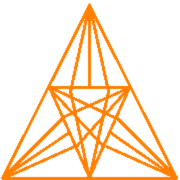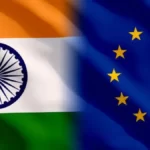Ethiopia finds it hard to reach peace, torn between ethnic clashes and civil wars a diverse nation is at the brink of collapse. Ironically the Prime Minister of Ethiopia is a Nobel Peace Prize laureate.
Africa remains the second-largest continent in the world, a continent that is extremely rich in minerals and resources. It is also known to host different kinds of landscapes and ecosystems. Unfortunately, this continent always remains the most hostile and volatile region globally, with poverty and conflicts all around.
The article will discuss the conflicts in Ethiopia, a landlocked country in the Horn of Africa.
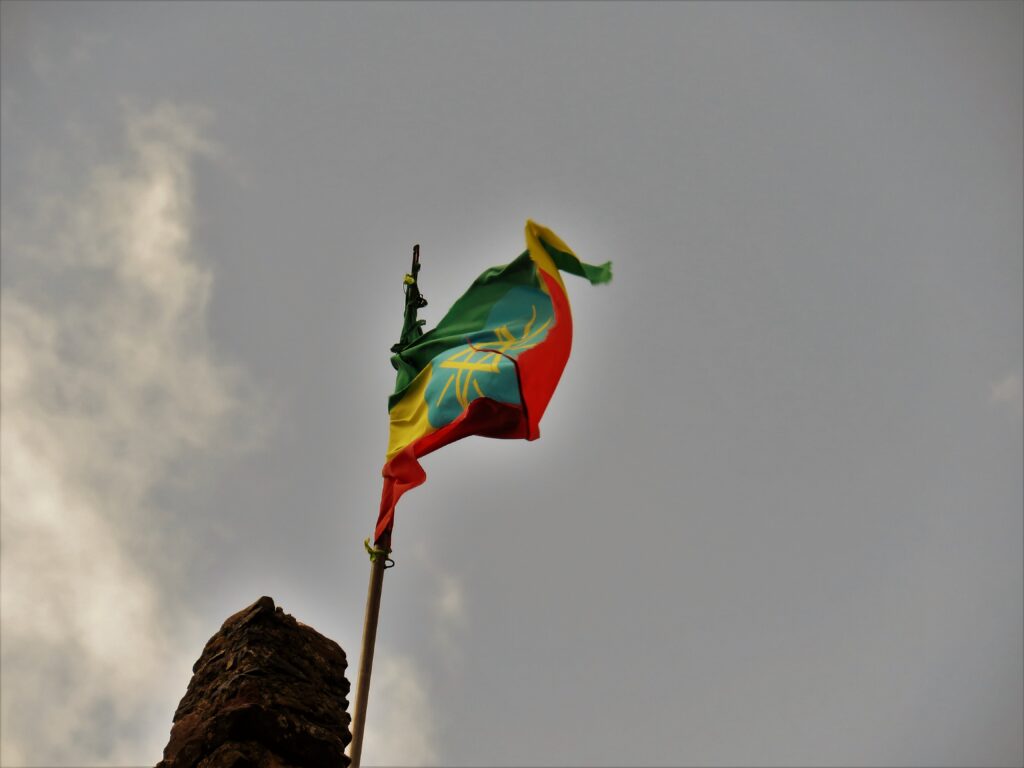
Gondor was Ethiopia’s capital from 1632 to 1855.
ETHIOPIAN EMPIRE
Ethiopia remains a new country that has fallen into the war of attrition. If we see the history of the African continent, the Ethiopian empire eluded European colonization. To make the central empire safe from European colonization, Ethiopia invaded and absorbed neighbouring countries, creating Ethiopia with different diversity.
Therefore, Ethiopia became the land of various diversity and ethnicity as it consists of dozens of ethnicities. However, the voice of the Amhara ethnic group was the most dominant in Ethiopian Empire. The nation treated all other ethnic groups such as Oromo, Tigrayan, Gamo, Gofa, Somali, Afar as second-class citizens.

POST WW2 {Ethiopian Nation-State }
After WW2, the Ethiopian empire absorbed the former European colony of Eritrea. Moreover, the citizens of Eritrea were considered one-class citizens. Such superior consideration generated a feeling of anger among the Eritrean citizens. It resulted in forming a militia known as The Eritrean People’s Liberation Front, whose main goal was to attain independence from Ethiopia.
COMMUNIST REVOLUTION IN ETHIOPIA
In 1977, Communist Revolution took place in which Communist leader Colonel Mengistu Haile Mariam consolidated control of Ethiopia.
His accession of leadership was associated with the slaughtering of Political rivals and immediately began a high crackdown on Schismatic groups.
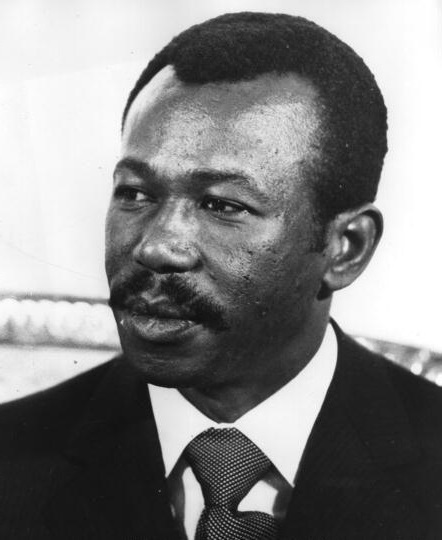
Colonel Mengistu- “Red Terror”:
Mengistu launched a Bloody Military campaign called Red Terror, slaughtering thousands of innocent citizens. Meanwhile, different militia groups were formed to fight back against this regime. The most dominant militia group was Tigray People’s Liberation Front or TPLF.
CONTINUOUS FIGHT BETWEEN MILITIAS AND COMMUNIST ARMY
In order to bring down the tyrant regime, militia groups began to work together to fight against Colonel Mengistu, especially in the Northern region.
Tigray People’s Liberation Front and Eritrean People’s Liberation Front association as the Political movement representing societies that are culturally very close with each other.
BRUTAL SUPPRESSION OF COLONEL MENGISTU
In Relation, Colonel Mengistu doubled clampdown across the country. Other Militia groups and Anti- Mengistu forces began to look towards the North for protection. Colonel Mengistu responded by killing civilians in Tigray and Eritrea to make the Anti- Mengistu front weak.
Even prevented International aid from reaching the Northern region, which caused a colossal famine of approximately one million Ethiopians.
FIGHT BACK OF TPLF AND EPLF
In the late 1980s, the Tigray People’s Liberation Front and Eritrean People’s Liberation Front collaborated to build up a massive militia with thousands of fighters, 1991 an umbrella coalition was formed with other militia with all sweat and blood managed to overthrow Mengistu’s regime.
POST MENGISTU ERA
A few days later, Eritrea declared its independence from Ethiopia, which led TPLF to be the sole powerful force in the country.
The TPLF leader Meles Zenawi became the first Prime Minister of the Federal Democratic Republic of Ethiopia to balance the different ethnic groups.
PM Zenawi remade the country’s political system into a kind of democracy. This turned many of the militia groups into political parties, including TPLF.
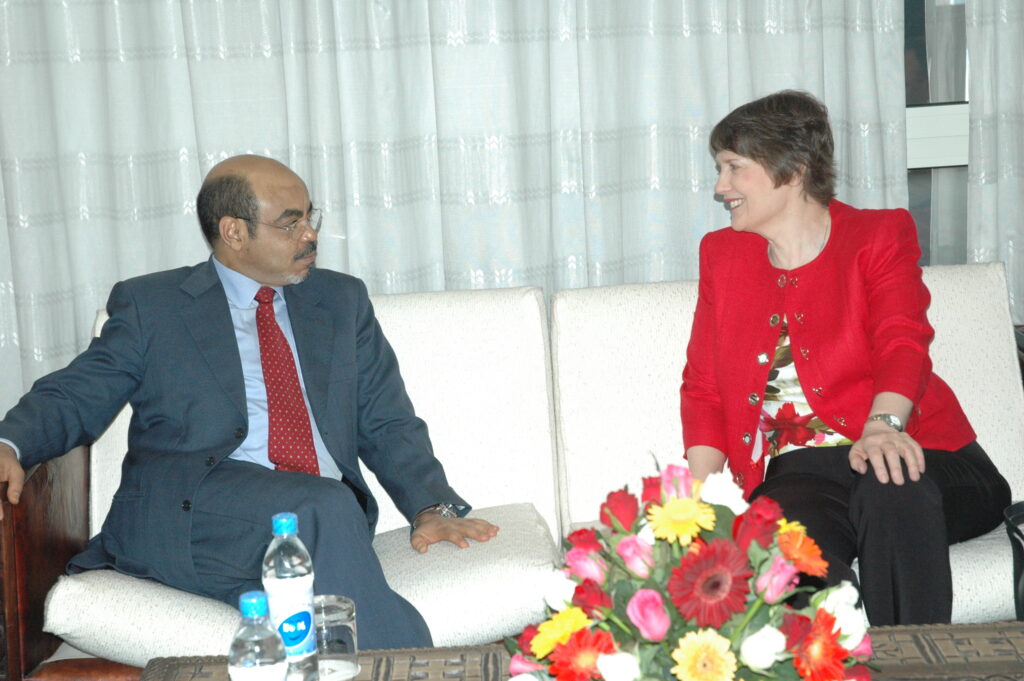
During the prime ministership of Zenawi, the nation transitioned into a democracy.
REPRESENTATIVE ISSUES
PM Zenawi divided Ethiopia into ten Ethnic based Regional states, TPLF only represents about 5% of the Ethiopian population, but Zenawi formed a new coalition with allies. He ensured that the election would always favour TPLF.
RISING NEW ISSUES
However, a few years after Zenawi took power. He went to war with Eritrea along its border with Tigray; it severed the relationship between the two countries for decades.
Another loophole of Zenawi’s political system was that his government did nothing to stop violence between Ethnic- Social groups in Ethiopia.
AFTERMATH OF ZENAWI
Zenawi died in 2012, but TPLF remained in power. Nevertheless, in 2015 elections were held many political observers classified these elections as “Bogus Elections”.
Furthermore, as the TPLF won again it triggered massive protests across the country. More and more people saw the TPLF led government as corrupt and illegitimate.
NEW PHASE IN ETHIOPIA
Finally, the Government of Ethiopia appointed a new Prime Minister from one of the most historically oppressed groups who advocated for peace and unity. Many around Ethiopia and the world thought of a new beginning.
Dr. Abiy Ahmed, known as a young and outspoken politician, first Prime Minister of Oromo descent, “Who has emphasized on love and reconciliation, building peace, the consensus among groups, promoting harmony not just in Ethiopia but also at the regional level”.

MAJOR DECISIONS OF PM AHMED
Abiy played a significant role in repairing relations with Eritrea, an enemy of the TPLF. He also began to remove corrupt TPLF officials from power.
Nevertheless, then Dr. Ahmed started a new coalition that eventually became a single party (The Prosperity Party). In addition to this, he even extended an invitation to TPLF to join the new party. However, they rejected and instead joined the opposition.
THINGS GETTING WORSE
Tigray’s regional elections were an opportunity for TPLF to rebuild power, but PM Abiy postponed the election because of pandemics.
In disobedience, TPLF decided to no longer recognize Abiys government and organize regional elections anyway. In a bitter response, Abiy restricted federal funds to Tigray. TPLF retaliated by taking control of federal military stations
NEW WAR
Both parties have started the war with each other. Today, Ethiopian forces have taken over much of the Tigray territory. In addition, Eritrean forces have also invaded and taken over the territory, which resulted in the death and displacement of thousands of innocent people.

To conclude, PM Abiy is not the only leader who has landed Ethiopia into war, but Abiy always talks about peace and love. He received the Nobel Peace Prize, but in contrast, Ethiopian society remains highly polarized, with profound differences between people.
You may also like to read about yet another crisis zone in the African continent: Sudan And Democracy At Crossroads: Coup, Protests, Repeat!
About the Author:
Ishant Sharma

Ishant Sharma is actually a stubborn optimist and Political Spectator who always choose solidarity over toxicity.
He always acknowledges that there is still Road left to walk, making him pursue his endeavours in detail. Currently pursuing Political Science Hons from SGTB Khalsa College (University of Delhi), Ishant believes in studying history and creating one.
